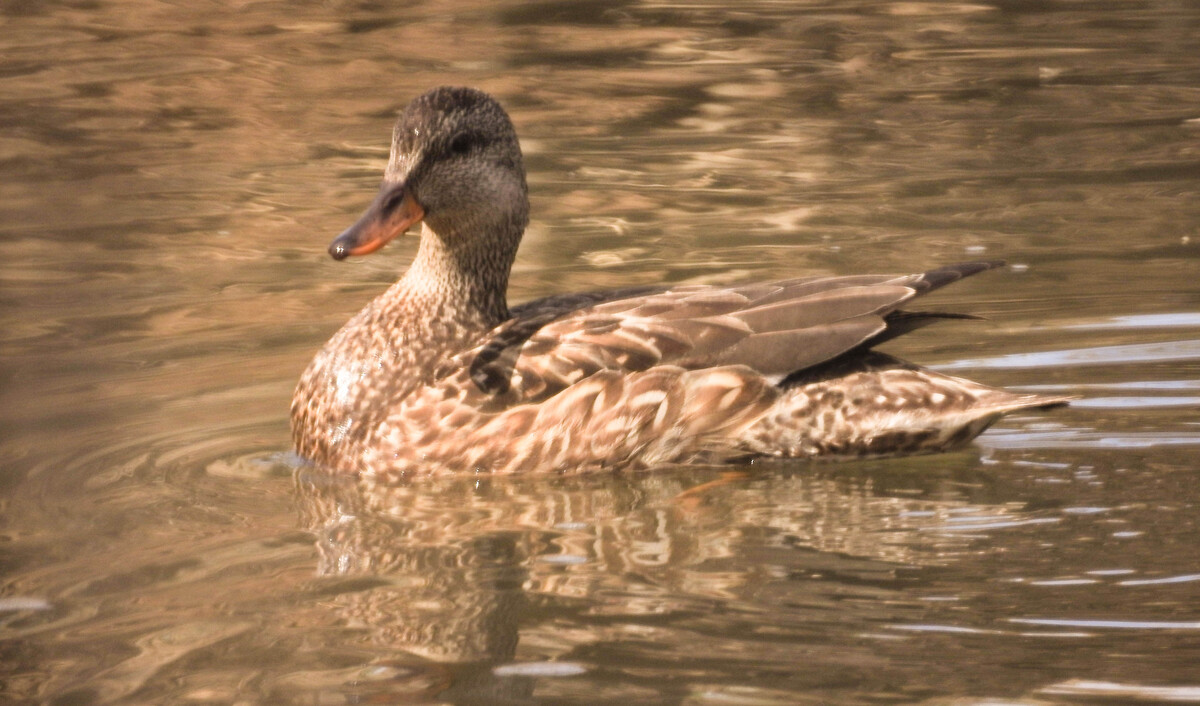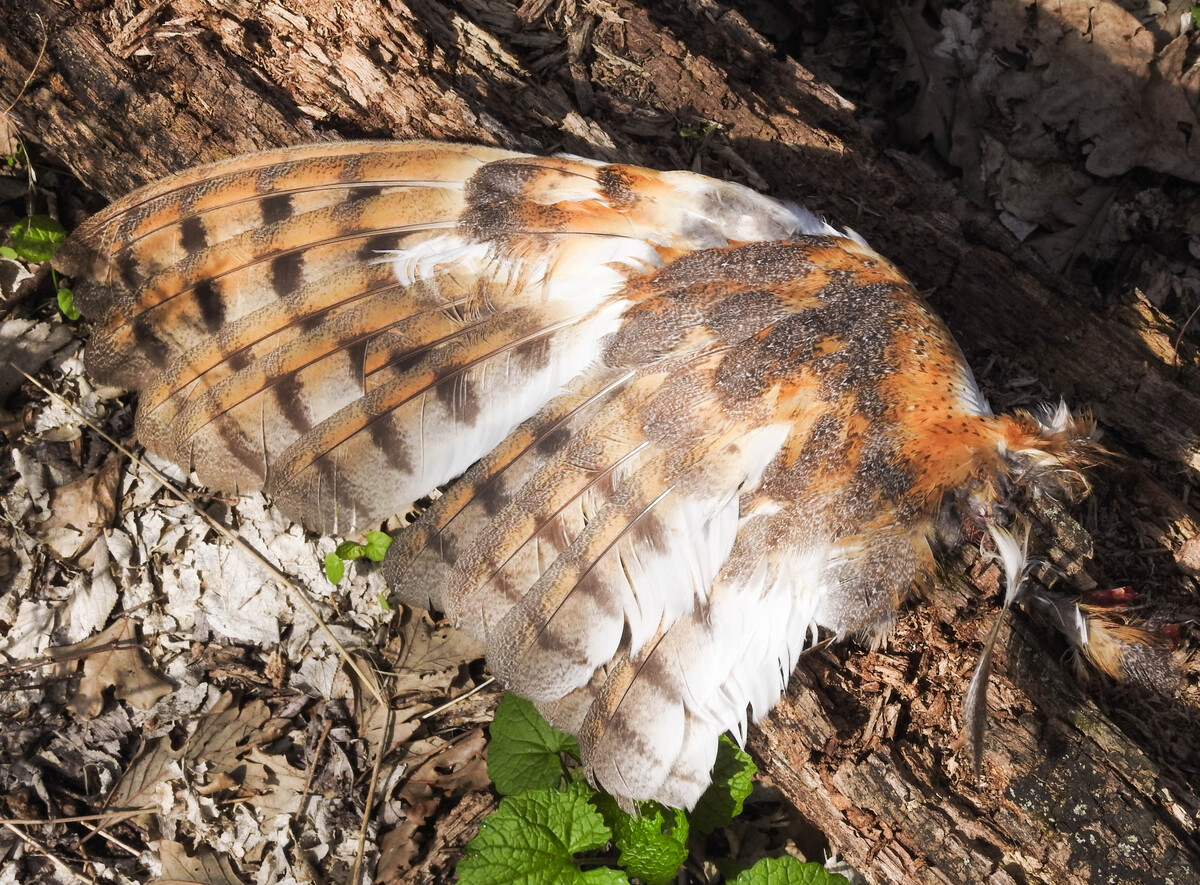Spring at Far West Farm
Spring is always a favorite time at Far West Farm, but with it comes lots of work. As I headed for the farm on Friday, April 10, 2020, I knew I had an unpleasant task ahead of me, so I was happy with distractions. The first was the three groups of turkeys seen on the route from Manhattan to our farm near Latimer, with the first group of three birds observed before I had cleared Manhattan’s city limits. I mustered a bigger burst of enthusiasm when I spotted a shrike within sight of the farm home where my wife grew up. It had been decades since I had seen a Loggerhead Shrike in that neighborhood. Back in the 1980s shrikes nested in trees around the edge of the farm yard. The bell-like calls of the hungry young shrikes will always be in the back of my mind. I feel a great loss that I no longer see that species, so it was a special treat to see one flying. I assumed it was a Loggerhead, but perhaps it was a Northern late in going home for the summer.
Burning became a priority this year, because the Farm Service Agency had inspected our filter strips and had instructed us to burn by April 15th if we wanted to receive our annual payment under the CRP. Fortunately, favorable winds and humidity had allowed us to burn 10 days earlier. The highlight of the burn day was discovering a covey of quail in a plum thicket adjacent to a four-year-old filter strip. I hadn’t seen quail in that location in more than a decade. In addition to burning our filter strips we had burned about a quarter of our 100-acre pasture in an effort to clear out some brush piles that resulted from previous tree-cutting efforts. I am hopeful the unburned portion of our pasture might attract nesting prairie-chickens, as our pasture is the only one in the area with suitable nesting cover that hasn’t been burned this year. The pasture burn exposed an abundance of rocks—just what I needed to fill in a mud hole in the driveway that leads to our pasture. That was the project that loomed before me. As I said, spring means work.

But before work, I wanted to walk our nature trail. I parked the truck and as soon as I stepped out a pair of wood ducks flew from one of our towering bur oaks. As I walked down to Clarks Creek more ducks lifted off and disappeared through the trees. I assumed they were mallards, which frequent the creek during migration, so I was quite surprised when I saw additional ducks on the water. Rather than mallards, they were Gadwall, a dabbler I associate with open water, rather than a wooded stream. There were at least a dozen, as several more flew and some swam upstream and out of sight. A little further along, four Blue-winged Team burst off the water and sifted upward through the trees. Then another pair of Wood Ducks flushed. Out on the wheat field five wild Turkey gobblers appeared to be accompanying a single hen. Lucky girl?

As I walked along the trail, a feather caught my eye. It was a familiar feather, but one I hadn’t seen up close since my high school days 60 years ago. Closer inspection revealed more feathers and then an entire wing that had been chewed on. Something had killed a migrating Barn Owl. I was saddened as I picked up the wing with its amazingly soft brown feathers. I had never suspected barn owls passed through our farm during migration until a friend and I heard one while turkey hunting a few years ago. My speculation is that the bird fell victim to one of the many Barred Owls that lives along Clarks Creek, but I’ll never know for sure.
I reached the herony, which has expanded to encompass three of the four sycamores on our property. Previously, we had as many as four Great-blue Heron nests along the creek—all in one tree. This spring, however, we have four nests spread across three trees. Herons stood atop two of the nests and I had seen a heron on a third nest on a previous trip, but it doesn’t appear the nest in the original tree is in use.
I caught a glimpse of movement and saw a small deer. It had heard me walking through the dry leaves, but to my surprise it hadn’t seen me. I watched it for a moment, but as I moved for a better view it and two companions flashed their white tails and were gone. They were all small…probably born a year ago.
Rather than walk the entire half-mile trail I returned to the truck and drove to the far end of the trail, where I had found a single morel last spring. A five-minute search resulted in no mushrooms, which is par for the course where my morel hunting is concerned. Alas, my next batch of linguini and clams will include button-boughten mushrooms. I guess I’ll never make it as a forager.
I drove back to the three-acre filter strip that runs along the edge of our property, but couldn’t find the quail I had seen during our burn. I scattered seeds from purple coneflower, thick-spike gayfeather, rattlesnake master, and common milkweed over burned areas, hoping as I did that it would rain over the weekend.
Fun was over and I was off to pick up rocks. Enroute, I checked a Blue Bird house, which had one forlorn egg just as it had a week earlier. The egg appeared to have a tiny hole in it and I tossed it aside. The rocks awaited.
-- Gary Haden
